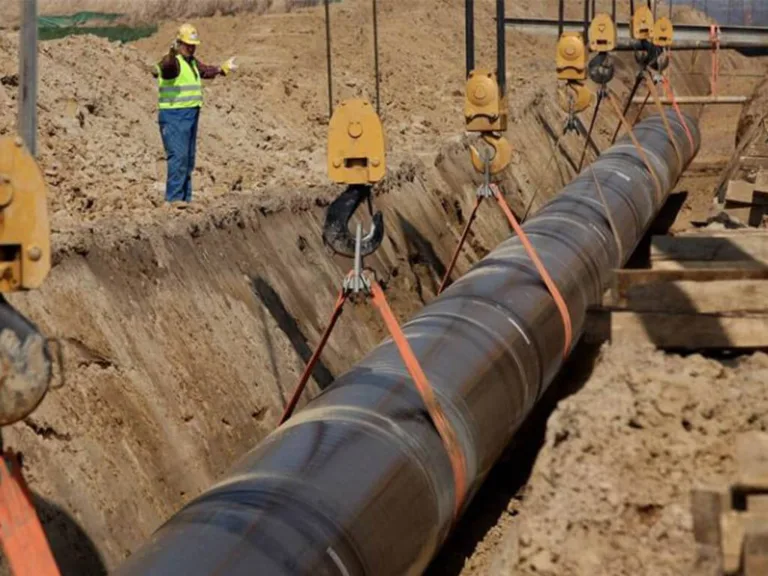

CHITWAN:The second phase of the petroleum pipeline project, extending from Amlekhgunj in Bara to Lothar in Chitwan, has officially commenced.
Alongside the pipeline expansion, the government aims to construct a petroleum storage facility with a three-month storage capacity.
Nepal Oil Corporation (NOC) inaugurated the field office of the project in Lothar on Friday, marking the formal start of the pipeline extension.
A state-of-the-art Greenfield terminal will be constructed on approximately 23 bighas and 12 kathhas of land in Rapti Municipality-1, Lothar.
According to NOC, petroleum products will be pumped directly from the Indian Oil Corporation’s (IOC) Motihari depot to Lothar.
A 10.75-inch pipeline will be laid over a 62-kilometer stretch between Amlekhgunj and Lothar.
Project Chief Pradeep Kumar Yadav stated that all necessary documentation for the pipeline expansion has been completed.
Road construction and coordination with IOC will begin immediately, with plans to complete and operate the project within three years.
Yadav emphasized that the pipeline will minimize environmental impact, reduce fuel theft, and prevent adulteration.
He also assured that the project will coordinate with locals, providing employment and other opportunities.
Siddhalal Syangtang, Ward Chairperson of Rapti Municipality-1, expressed local enthusiasm, calling it a prestigious project for the Chitwan region.
Assistant Manager Anupam Parajuli informed that the pipeline will supply petroleum at a rate of 273 kiloliters per hour.
The pipeline will run parallel to the East-West Highway and is expected to transport up to 2 million tons of fuel annually.
The project will also include the construction of a pipeline station on a 160-square-meter plot in Lothar.
Additionally, three vertical tanks with an 11,000-kiloliter capacity each will be built for petrol storage.
Three more tanks with a combined capacity of 15,500 kiloliters will store diesel, and two tanks with an 800-kiloliter capacity will be constructed for kerosene storage.